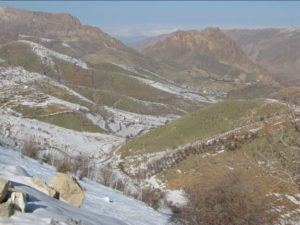
Sargalo – Bargolo, south (Iraqi) Kurdistan
Source: Gina Lennox 2013
Geography of Kurdistan
The people of Greater Kurdistan include a majority of Kurds, as well as Arabs, Armenians, Assyrians, Azerbaijani, Chaldeans, Persians, Turkmen and others. These people live in well-watered valleys and the surrounding plains of the mountain ranges of Zagros, Taurus, Ararat and Hamrin. The highest peak is Halgurd, rising to 3,660 metres. Other mountains important in Kurdish folklore are Mount Ararat and Mount Judi.
<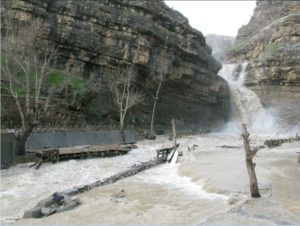
Waterfall, south (Iraqi) Kurdistan
Source: Gina Lennox 2013
Kurdistan has a semi-arid Mediterranean climate, with very hot dry summers of 39 – 43 degrees Celsius, often reaching 50 degrees on the plains, and 25 – 30 degrees in the mountains. Wet cold winters have a mean temperature range of -2 to 13 degrees Celsius on the plains, descending to -8 in the mountains, where there are heavy snowfalls. Rainfall varies between 200 and 400 mm on the plains and up to 3,000 mm in the mountains. During heavy rains the mountains run with a multitude of waterfalls from the overflowing springs. Permanent waterfalls enlarge and cause flooding. However, climate change is contributing to an increase in temperatures and a lengthening of summers, with increased evaporation rates of surface water.
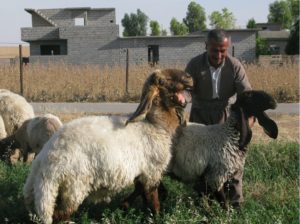
Erbil farmer with his Hamdani sheep, south
(Iraqi) Kurdistan. Source: Gina Lennox, 2014
Rivers running through Kurdistan include the Euphrates, Tigris, the Khabour, the Greater Zab and Lesser Zab and their tributaries. Turkey and Iraq have dammed many of these rivers for hydroelectricity and irrigation purposes. Lakes include Lake Van, Lake Dukan and Lake Urmia. Ground water is sourced from four aquifer formations: the Upper and Lower Bakhtiari and the Upper and Lower Fars. Water from all but the Upper Bakhtiari is too salty for human consumption unless it is treated.
The Kurds are thought to be the original shepherds and farmers of northern Mesopotamia. Native pastures and native oaks, conifers, junipers and poplars, along with a wide variety of native grains, fruits, nuts and vegetables enabled the people to survive as sheepherders and farmers for thousands of years. Since the 1990s, deforestation has occurred at a rapid rate, resulting in more frequent dust storms.
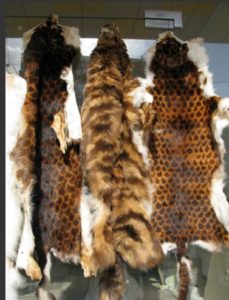
Skins in a Shaqlawa shop, south (Iraqi)
Kurdistan. Source: Gina Lennox, 2013
In the past wild lions, lynxes, tigers, cheetahs and bears roamed the mountains of Kurdistan. Judging from the skins sold in Shaklawa in southern Kurdistan (northern Iraq) some cat species survive. Wolves are still prevalent, as are wild deer, goats, jackals, badgers, squirrels, foxes, martens and boar, many bird species, frogs and reptiles. However, Kurdistan’s ecology is under severe threat from climate change and human activities, including a massive expansion of the oil and gas industries in the Kurdistan regions of Iraq, Syria and Iran. Oil refineries and other industry release untreated waste into the environment.
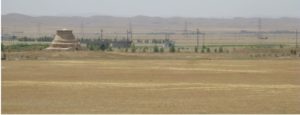
Wheat and maize farming outside Erbil. Source: Gina Lennox 2013
